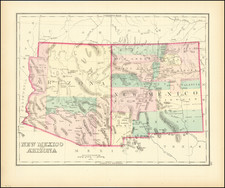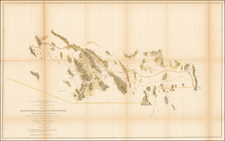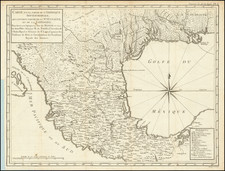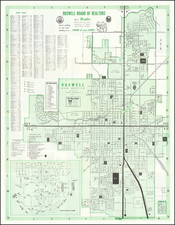Vintage color-printed travel brochure for Fred Harvey Company's "Indian detours," 1-, 2-, or 3-day excursions from Santa Fe that rail passengers could book as a stopover. The Indian Detour Transportation Company was founded in 1925 by Maj. R. Hunter Clarkson, Chief of Transportation for the Fred Harvey Company.
Fred Harvey (1835-1901), a major pioneer in the American hospitality business, started his eponymous chain of restaurants when he saw the need for quality meals on long transcontinental rail journeys. Railriders often had no choice but to have a rushed meal of low quality at stops. In 1878, Harvey signed a contract with the Santa Fe Railway to provide meals along the route in the depots or neighboring buildings; to save time, orders were taken en route. The restaurants became known for their cleanliness, efficient service, and quality food in generous portions and the brand expanded to hotels. "Harvey Girls," the young, educated, well-groomed female waitstaff whom Harvey recruited from the East and Midwest, became immortalized in the 1946 Judy Garland movie Harvey Girls. The movie, based on a novel, won an Oscar for the song "On the Atchison, Topeka and the Santa Fe". The Fred Harvey Indian Department, established in 1901, hired native artisans to demonstrate their crafts, such as weaving, silverwork, and pottery, as at Hopi House, a replica of a Hopi dwelling. The department also opened shops to sell the wares, further creating the tourists' vision of the Southwest.
Rand McNally & Co. is a large American map and navigation company best known for its annual atlases. The company got its start in 1856, when William Rand opened a print shop in Chicago. He was joined in 1858 by a new employee, Andrew McNally. Together, the men established their namesake company in 1868. Originally, the company was intended to print the tickets and timetables for the trains running to and through Chicago; their first railway guide was published in 1869.
By 1870, they had shifted from just printing to publishing directories, travel guides, and newspapers. Their first map appeared in 1872 in a railway guide. The map was produced using a new wax engraving method, a cheaper process that gave the company an edge.
By 1880 Rand McNally had entered the education market with globes, wall maps, and geography texts for students. In 1923, Rand McNally published the first Goode’s World Atlas, named after its editor, Dr. J. Paul Goode. For generations afterward, this would be the standard classroom atlas.
In 1899, William Rand left the company, but McNally and his family remained, controlling the company for over a century. In 1904, they published their first road map intended for automobiles and by 1907 were publishing Photo-Auto Guides, which combined photography and mapping to help drivers. In 1924, they produced the Auto Chum, a precursor to their famous road atlases. Rand McNally would remain the leader in road maps and atlases throughout the twentieth century.
In 1937, Rand McNally opened its first store in New York City. Ever on the frontier of technology, Rand McNally pioneered the scribing process for printing tickets in 1958 and printed their first full-color road atlas in 1960. Arthur Robinson developed his now-famous projection of Rand McNally in 1969. By the 1980s, the company was exploring digital reproduction and digital databases of maps for truckers. In the 1990s, they lead the charge to develop trip-planning software and websites. Today, most of its products are available online or in a digital format, including maps for tablets and phones.











![[ New Mexico - West Texas ] Estacaco Plain (406) World Aeronautical Chart](https://storage.googleapis.com/raremaps/img/small/96896.jpg)




